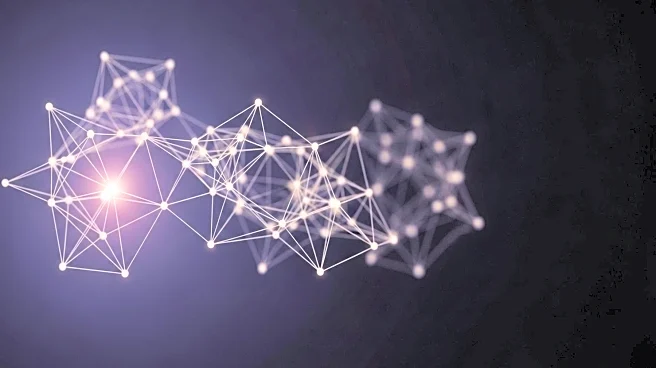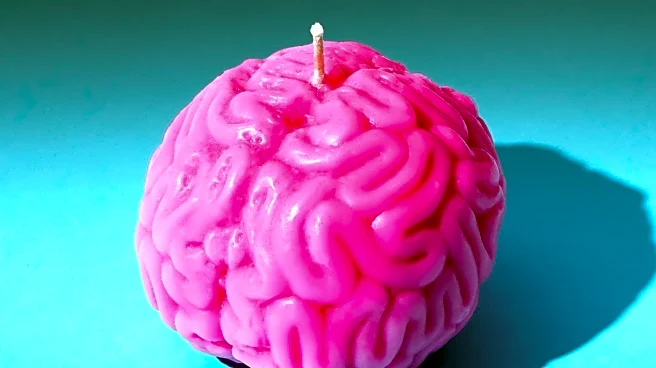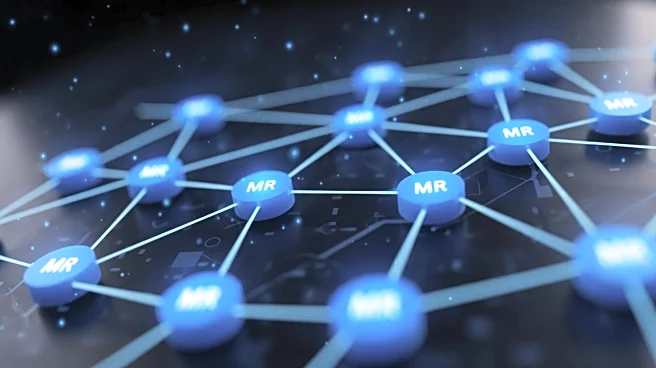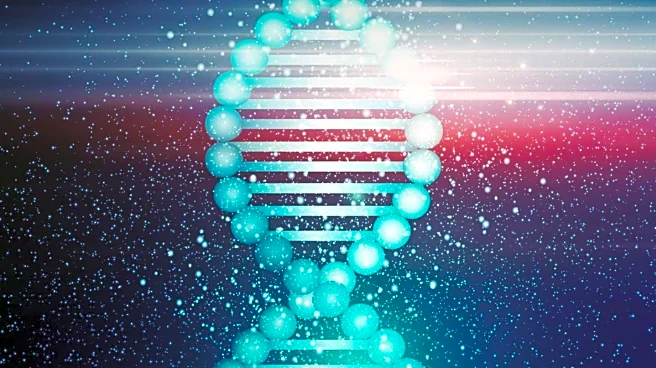What's Happening?
A recent study has unveiled a novel edge-centric approach to analyzing the functional connectome during infancy, marking a significant advancement in developmental neuroscience. Traditionally, neuroimaging studies have focused on node-based analyses, which emphasize the roles of specific brain regions. This new methodology shifts the focus to dynamic interactions between edges, or connections, within the brain's network. The study utilized resting-state functional MRI (rs-fMRI) data from the developing Human Connectome Project, involving term-born and preterm-born infants. The edge participation coefficient was introduced as a metric to characterize the modular integration properties of individual connections, offering a complementary perspective to node-based measures. This approach provides deeper insights into the functional roles of specific connections during early brain development.
Why It's Important?
The introduction of an edge-centric approach to brain connectivity analysis has the potential to revolutionize our understanding of early brain development. By focusing on the interactions between connections rather than individual nodes, researchers can gain a more comprehensive view of how the brain integrates sensory information and develops cognitive functions. This could lead to improved diagnostic tools and interventions for developmental disorders. The study's findings may also influence future research in neuroscience, encouraging a shift towards examining the brain's network dynamics rather than isolated regions. This could have implications for understanding various neurological conditions and developing targeted therapies.
What's Next?
The edge-centric approach is expected to pave the way for further research into the developmental dynamics of the neonatal brain. Researchers may explore the application of this methodology to other age groups and conditions, potentially leading to breakthroughs in understanding brain connectivity across the lifespan. Additionally, the study's findings could inspire new techniques in neuroimaging and computational neuroscience, enhancing the precision and scope of brain research. As the methodology gains traction, it may also influence clinical practices, offering new avenues for early detection and treatment of developmental disorders.
Beyond the Headlines
The edge-centric approach to brain connectivity analysis raises important ethical and scientific questions about the interpretation and application of neuroimaging data. As researchers delve deeper into the brain's network dynamics, they must consider the implications of their findings on privacy, consent, and the potential for misuse of sensitive data. Furthermore, the shift from node-based to edge-centric analyses may challenge existing paradigms in neuroscience, prompting a reevaluation of established theories and practices. This could lead to a broader understanding of the brain's complexity and the interconnectedness of its functions.











